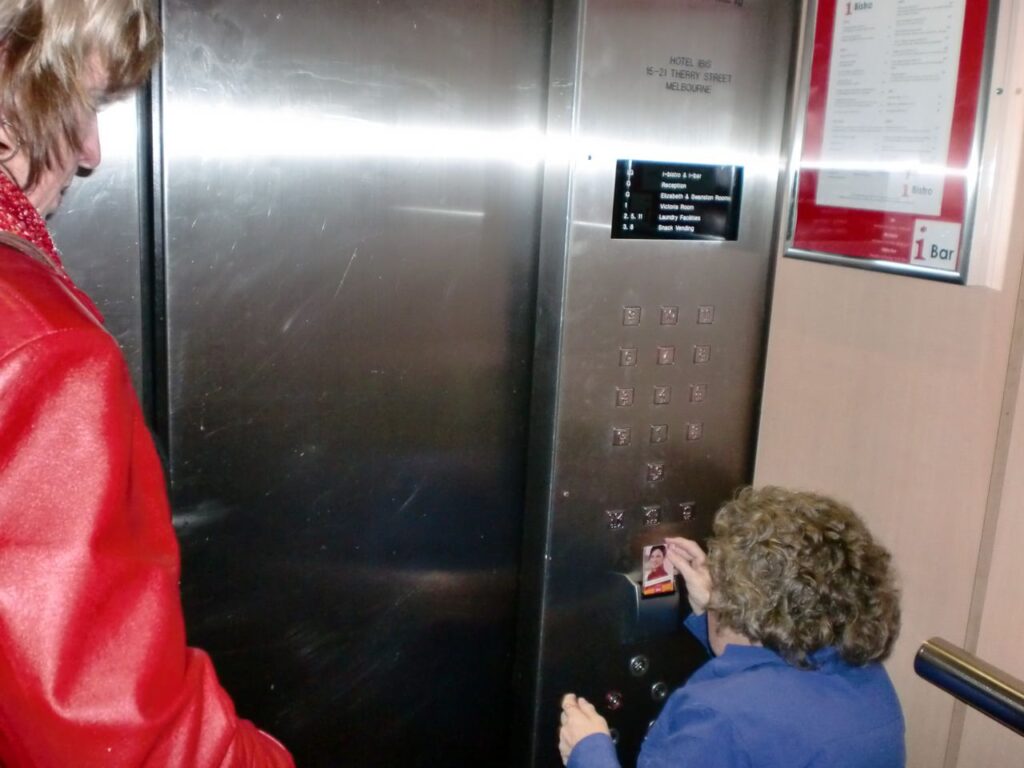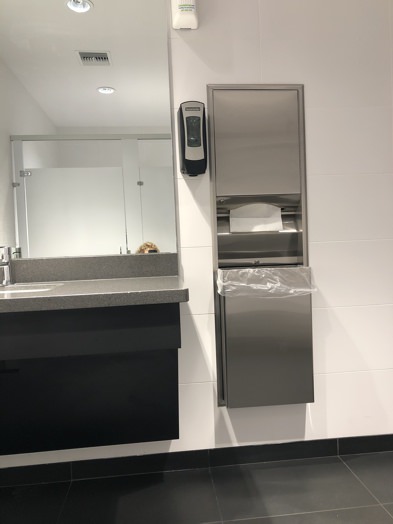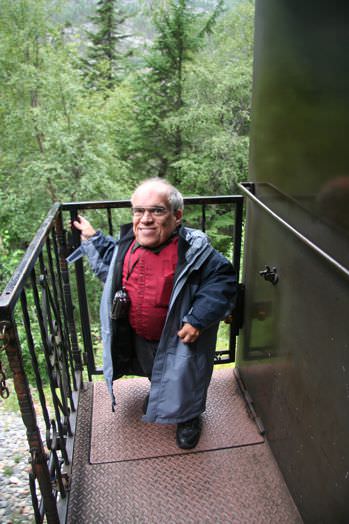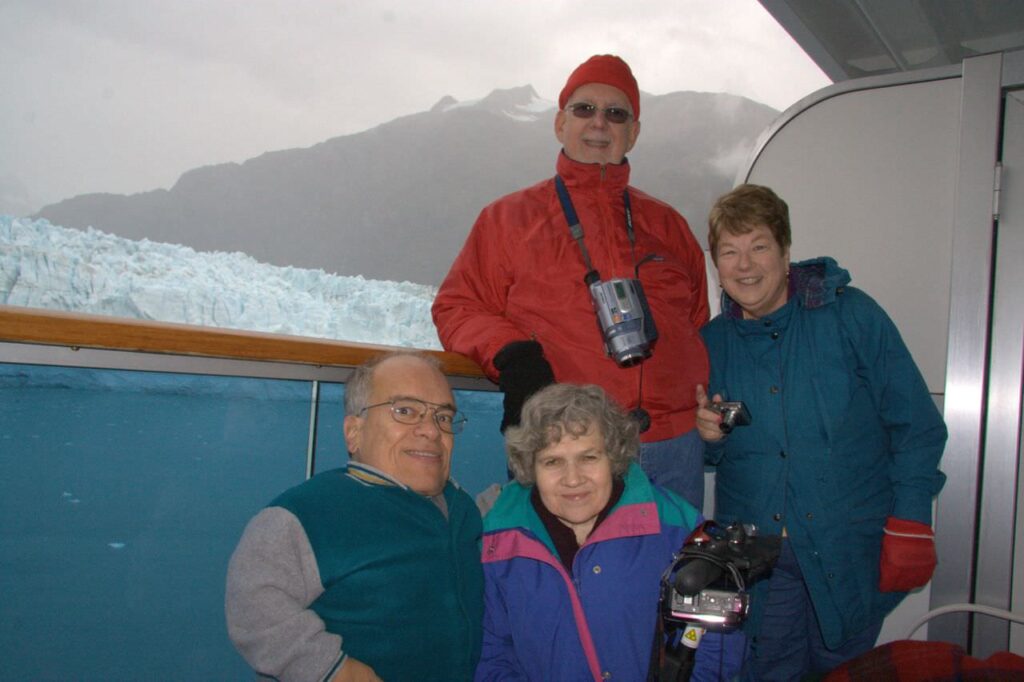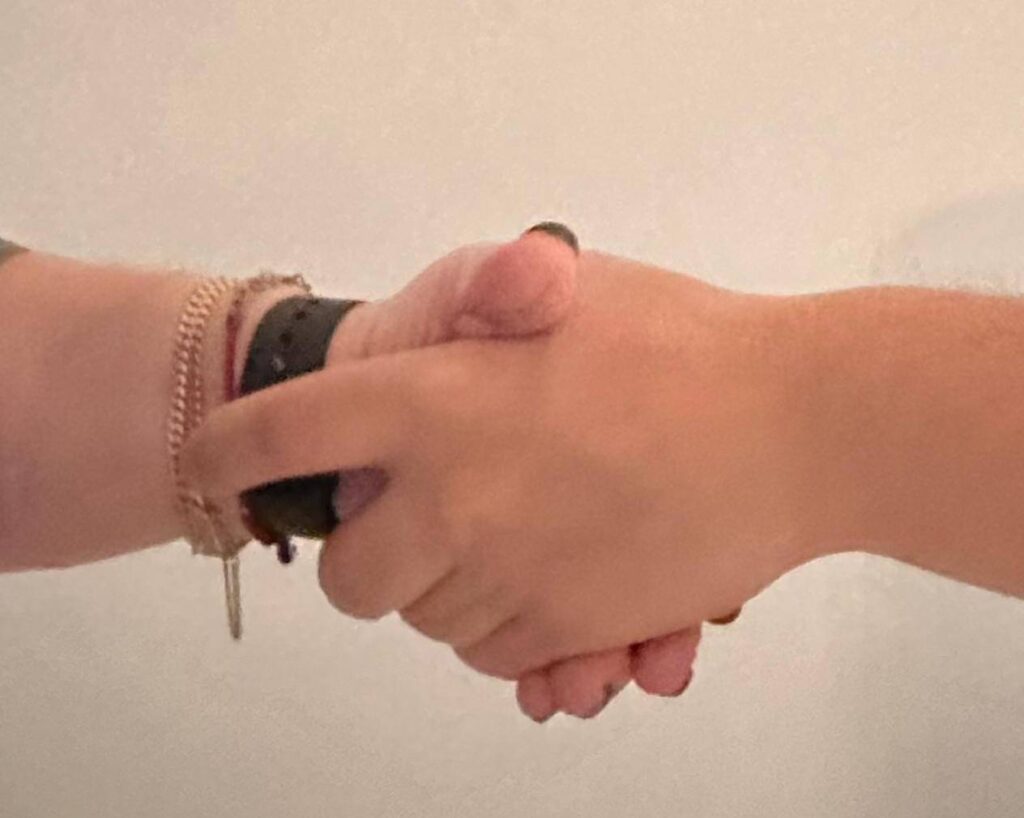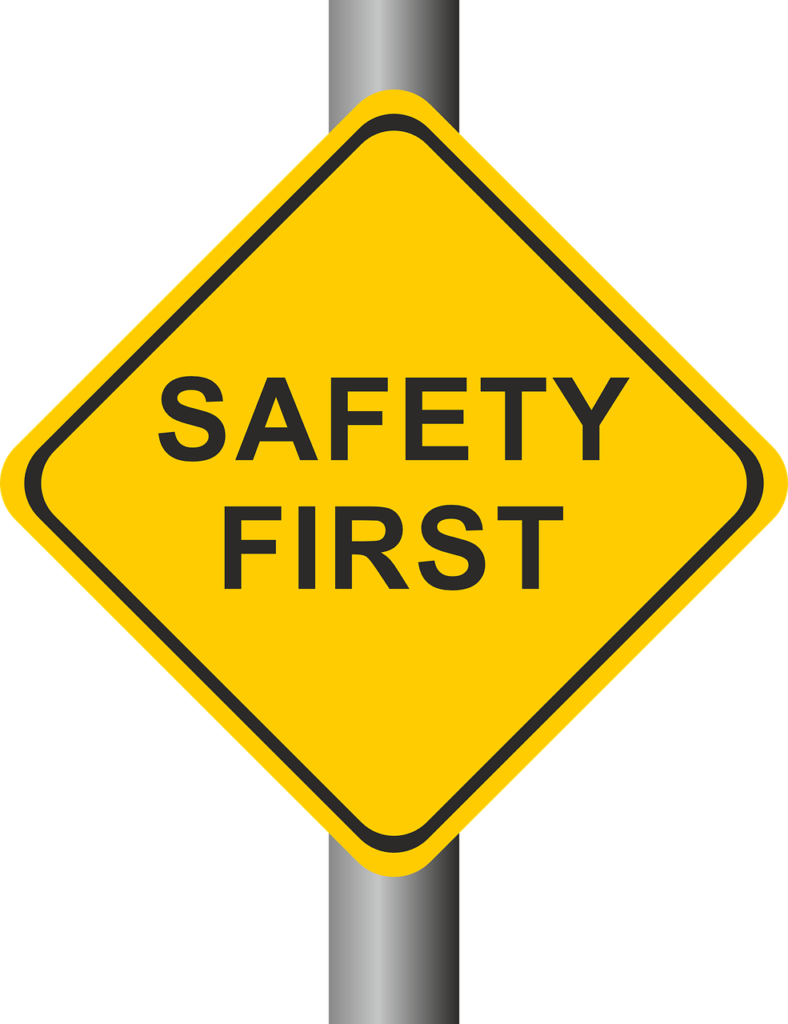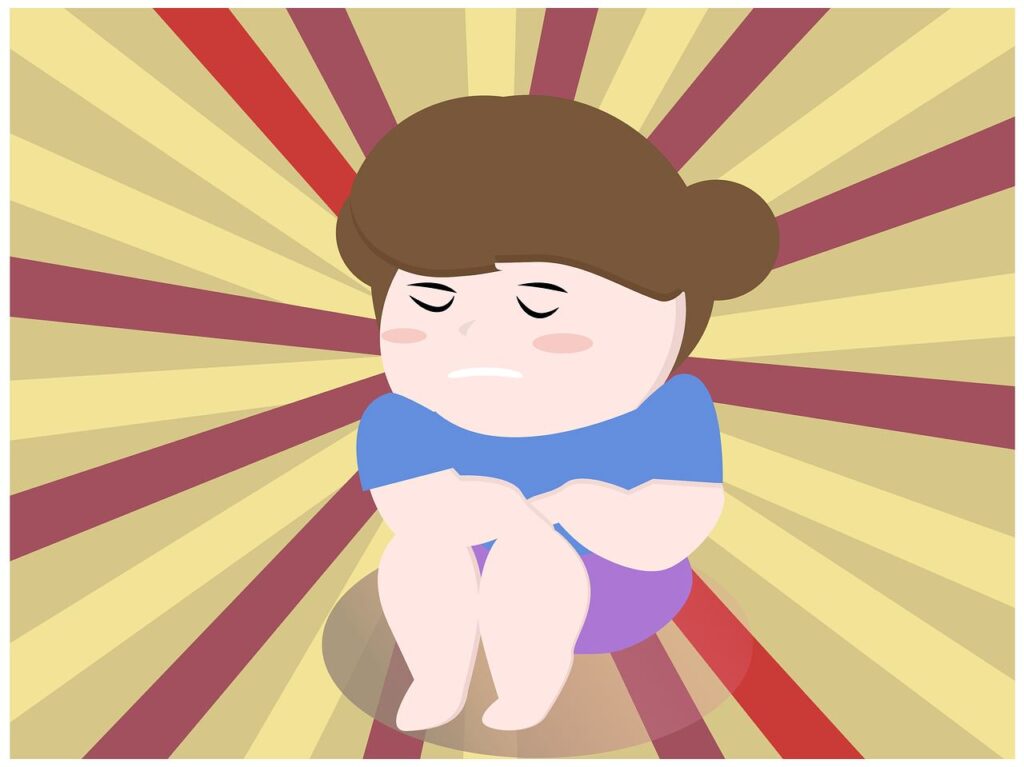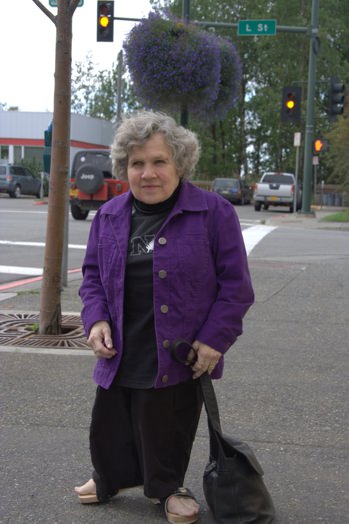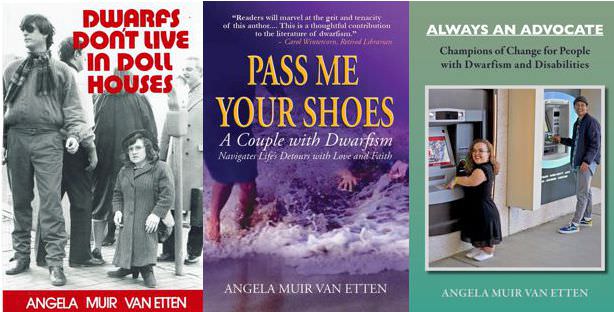
After 33 years my dwarfism memoir trilogy is finally complete. Three books in a little more than three decades about God’s three gifts of grace in my life—faith, hope, and love. As it happens, the word “three” has emerged as a thread in this cradle to retirement memoir series.
ALWAYS AN ADVOCATE: Champions of Change for People with Dwarfism and Disabilities (#3) is organized into three parts: Part I considers volunteer leadership challenges; Part II covers dwarf tossing; and Part III deals with equal access. The book is available in three formats: e-book, paperback, and audio.
Want to subscribe to receive blog updates sign up today!
Part I discusses the three times Robert or I served as LPA President during the years membership grew from about 3,000 in 1980 to 6,000 in 2006. Part II addresses LPA’s action to halt the dwarf tossing atrocity in three states—Illinois, Florida, and New York. Part III involves equal access to the built environment, education, emergency operations, housing, social security disability benefits, transportation, and voting. It took three years to break the six-inch reach barrier in the built environment standing against three of the most powerful industries in the nation—banking, oil, and retail.
PASS ME YOUR SHOES: A Couple with Dwarfism Navigates Life’s Detours with Love and Faith (#2) is available in both print and as an e-book. Our marriage was cemented with three marriage ceremonies in 1981. The wedding and anniversary rings on three fingers of my left hand symbolize our commitment.
Though if one may be overpowered, two can defend themselves. A cord of three strands is not quickly broken. ~ Ecclesiastes 4:12, New International Version
Robert and I met when I came from New Zealand to America for three months on a Winston Churchill Fellowship. I obtained an American law degree after attending law school for three semesters. Despite passing the three day Ohio bar exam, I experienced discrimination in three job interviews.
After a three-hour hip replacement surgery in 1997, Robert tanked up on three pints of blood. When he forgot to bring his electric razor to the hospital, a hand razor was off limits for three weeks because he was on a blood thinner. We couldn’t decide if the resulting beard gave him the distinguished professor or garden gnome look.
Dwarfs Don’t Live in Doll Houses (#1) is available as an e-book and used print copies. It took three photo shoots on bitterly cold days to get the right cover photo image.
I’m the eldest of three children and Robert has three younger brothers. Our adult height is the size of a three year old. When I was a bridesmaid for the third time, someone said, “If you’re a bridesmaid three times, you’ll never be married yourself.” Don’t believe everything you hear.
So what do all these threes mean? Whatever you want to read into it. Maybe not a triple crown, but certainly three opportunities to learn about dwarfism in childhood, marriage, and advocacy. Read and change your life for the better!
[In recognition of National Book Lovers Day on August 9, 2023, this post updates “DWARFISM TRILOGY COMPLETE: Recurring Pattern of Three Emerges.” Angela Muir Van Etten blog post (September 27, 2021).]
Resources for digging deeper:
- “Ask the Author About Always an Advocate.” Angela Muir Van Etten blog. August 2, 2021. https://angelamuirvanetten.com/ask-the-author-about-always-an-advocate/
- “National Author’s Day.” Angela Muir Van Etten blog. November 1, 2021. https://angelamuirvanetten.com/national-authors-day/
- You First Podcast, Episode 32: “Always an Advocate.” Disability Rights Florida. November 18, 2021. https://disabilityrightsflorida.org/podcast/story/episode_32
- Betsy Fasbinder. “Angela Muir Van Etten: Always an Advocate.” The Morning Glory Project, podcast interview. January 19, 2022. https://www.themorninggloryproject.com/angela-muir-van-etton/
- “How to Advocate for People with Dwarfism and Disability.” Joni and Friends Ministry Podcast, Season 4, Episode 27. November 10, 2022. https://angelamuirvanetten.com/media/
- “Inclusion via Audiobooks.” Angela Muir Van Etten blog. March 14, 2022. https://angelamuirvanetten.com/inclusion-via-audiobooks/
- “Pass Me Your Shoes” Book Launches in Dwarfism Awareness Month.” Angela Muir Van Etten blog. October 5, 2020. https://angelamuirvanetten.com/pass-me-your-shoes-book-launches-in-dwarfism-awareness-month-dam/
- “The story behind the book title, PASS ME YOUR SHOES.” Audio and transcript at https://angelamuirvanetten.com/pass-me-your-shoes/
- “Marriage Story: A Couple with Dwarfism Navigates Life’s Detours with Love and Faith.” Joni and Friends Ministry Podcast, Season 2, Episode 37. October 22, 2020. https://angelamuirvanetten.com/media/
- Hello Little Lady. “Pass Me Your Shoes: An Interview with Angela Muir Van Etten.” October 22, 2020. https://www.hellolittlelady.com/2020/10/pass-me-your-shoes-an-interview-with-angela-muir-van-etten/
- “Dwarfs Don’t Live in Doll Houses: 35-Year Anniversary.” Angela Muir Van Etten blog. April 10, 2023. https://angelamuirvanetten.com/dwarfs-dont-live-in-doll-houses-35-year-anniversary/
- “Read and Change Your Life for the Better.” Angela Muir Van Etten blog. September 5, 2022. https://angelamuirvanetten.com/read-and-change-your-life-for-the-better/

